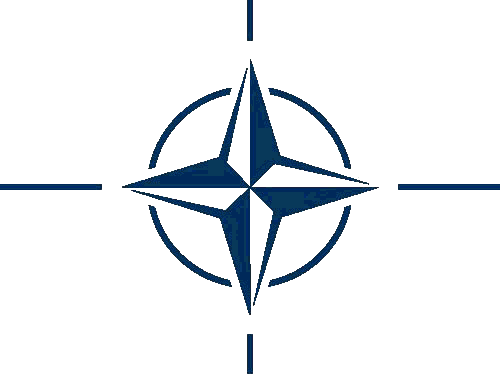
|

|

|
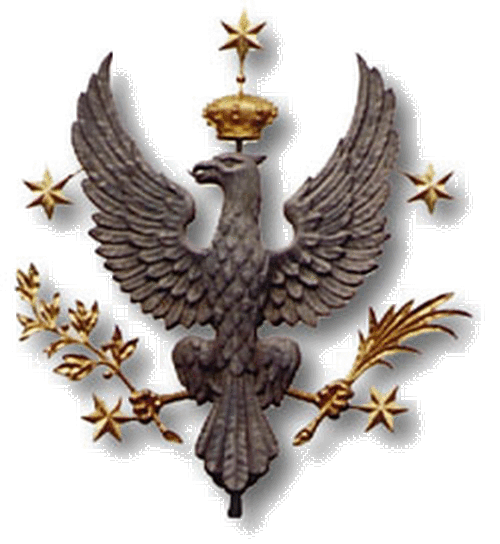
|
NATO Advanced Research Workshop

|

|

|

|
Some fifty years ago coherent structures in turbulence were discovered by statistical analysis of the velocity measurements, but their geometrical form remained unknown for more than three decades. Direct numerical simulations (DNS) and skilful visualisation show them to be elongated vortices whose cross-sectional structure seems to be controlled by viscosity, but the dynamics of their creation still remains a puzzle. Filaments can result from instabilities of vortex sheets and various aspects of this process in both steady and unsteady sheets, possibly stretched in either direction, are of great interest. The new evidence (from DNS) inspired much theoretical work, both on the steady state, and on the interaction and stability of vortices. Interaction of vortex filaments results in spirals, which are the structures in physical space that can be associated with the spectral power laws of turbulence. Such interactions also produce extremely strong gradients of either velocity or its derivatives which, in the high Reynolds number limit, control the process of viscous energy dissipation, and which may lead to the formation of singularities.Tubes, Sheets and Singularities in Fluid Dynamics
Zakopane, Poland
2-7 September 2001
Sponsored as an IUTAM Symposium by the
International Union of Theoretical and Applied Mechanics
Vortex filaments are in many ways analogous to the magnetic flux tubes which are coherent structures found in magnetohydrodynamics (MHD), especially prominent in the solar dynamo process. Interacting flux tubes create current sheets and, in the ideal limit, tangential discontinuities - the generic MHD singularities which form in the process of relaxation towards magnetostatic equilibrium. The conditions in the solar photosphere are nearly ideal, so the topological constraints imposed by non-dissipative MHD are important, as are the singularities where these constraints are most easily broken.
Both slender vortices and flux tubes can have topologically complex form (e.g. knotted or linked) and the mathematical apparatus necessary to describe and classify the topology is the same. Their steady states are mathematically equivalent, but there are important differences in their evolution. The influence of the topology on the dynamics provides an important common ground.
The goal of the proposed Symposium would be to bring together those who work on various aspects of the fundamental structures in hydrodynamics and MHD, so that both communities can explore natural similarities and understand their limitations. We will encourage papers on the following specific topics:
|
|
|
||||||||||||||||||||||||||||||||||||||||||||||||||
|
(Melbourne) |
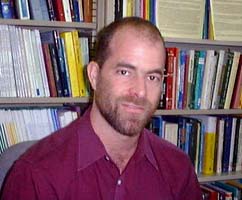 B.J.
Bayly
B.J.
Bayly
U. Arizona,
Mathematics
Asymptotic Structure of Fast Dynamo Eigenfunctions
abstract
(PS, 28 kB)
(PDF, 27 kB)
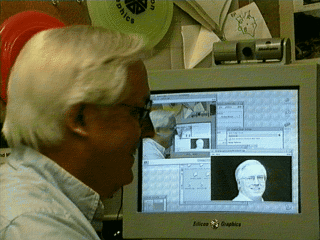 B.J.
Cantwell
B.J.
Cantwell
Stanford,
Aeronaut. Astronaut.
A singularity free model of the local velocity gradient and
acceleration gradient structure of turbulent flow
abstract
(PS, 35 kB)
(PDF, 34 kB)
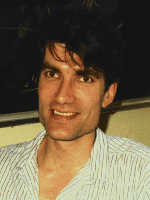 S.C.
Cowley
S.C.
Cowley
UCLA,
Physics
Singularity formation in MHD
abstract
(PS, 39 kB),
(PDF, 36 kB)
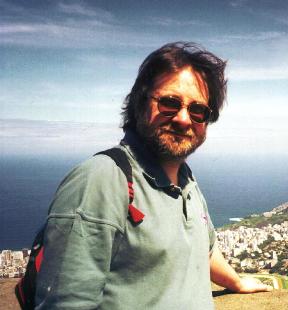 S.J.
Cowley
S.J.
Cowley
University of Cambridge,
DAMTP
An exponentially small massacre of BLT and DNS
abstract
(PS, 45 kB),
(PDF, 40 kB)
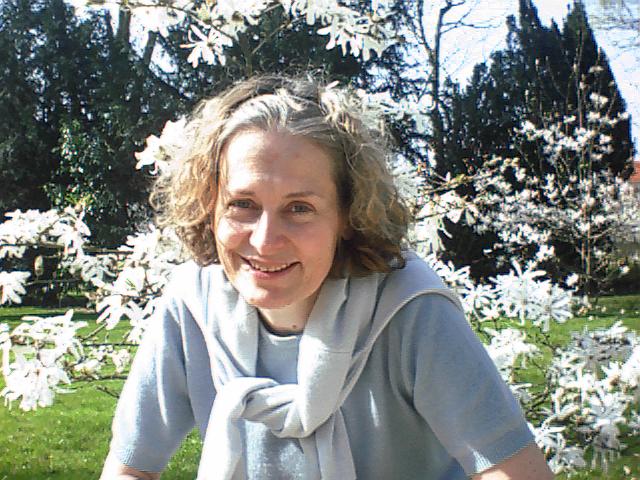 M. Farge
M. Farge
Ecole Normale Superieure,
LMD, Paris
Wavelet approach to the study of tubes, sheets and singularities in turbulent flows
abstract
(PS, 3190 kB),
(PDF, 408 kB)
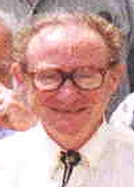 U.
Frisch
U.
Frisch
Observatoire de Nice,
Cassini
Singularities and the distribution of density in the Burgers/adhesion model
abstract
(PS, 27 kB),
(PDF, 32 kB)
 Y.
Fukumoto
Y.
Fukumoto
Kyushu University,
Grad. Sch. Maths.
Stability of vortex ring revisited
abstract
(PS, 65 kB),
(PDF, 65 kB)
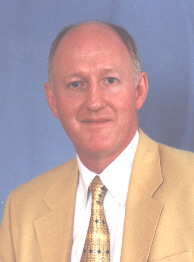 J.D.
Gibbon
J.D.
Gibbon
Imperial College,
Mathematics
A study of singularity formation in a class of solutions of the Euler & ideal MHD equations
abstract
(PS, 60 kB),
(PDF, 76 kB)
 J.
Jimenez
J.
Jimenez
U. Politecnica de Madrid,
Aeronautics
Coherent dynamics in near-wall turbulence
abstract
(PS, 750 kB),
(PDF, 242 kB)
 S.
Kida
S.
Kida
Natl. Inst. Fusion Sci., Nagoya;
Theory & Comp. Simul.
Life, structure, and dynamical role of vortical motion in turbulence
abstract
(PS, 57 kB),
(PDF, 59 kB)
 R.
Krasny
R.
Krasny
U. Michigan,
Mathematics
Vortex Sheet Roll-Up: Chaos and Ring Merger
abstract
(PS, 2206 kB),
(PDF, 212 kB)
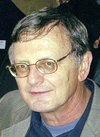 A.
Leonard
A.
Leonard
CALTECH,
Grad. Aeronautical Lab.
Interaction of localized packets of vorticity with turbulence
abstract
(PS, 52 kB),
(PDF, 72 kB)
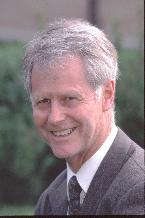 K.
Moffatt
K.
Moffatt
U. Cambridge,
Newton Institute
and DAMTP
A model of magnetic reconnection
abstract
(PS, 34 kB),
(PDF, 35 kB)
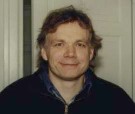 A.
Nordlund
A.
Nordlund
Astron. Obs., Copenhagen;
Num. Astrophys.
The structure of dissipating and quiescent magnetic fields
abstract
(PS, 191 kB),
(PDF, 97 kB)
R.
Pelz
Rutgers U.,
Mech. Aerosp. Eng.
Point collapse in octahedral, vortical flows
abstract
(PS, 455 kB),
(PDF, 156 kB)
| A.E. Perry |
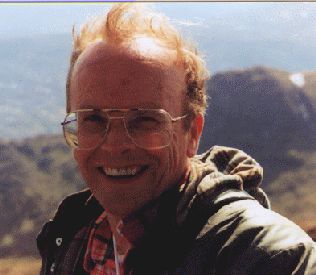 E.R.
Priest
E.R.
Priest
U. St Andrews,
Mathematics
Current sheets in the Sun's corona
abstract
(PS, 30 kB),
(PDF, 31 kB)
 D.
Pullin
D.
Pullin
CALTECH,
Grad. Aeronautical. Lab.
Vortex tubes, spirals and large-eddy simulation
abstract
(PS, 43 kB),
(PDF, 39 kB)
N.
Zabusky
Rutgers U.,
Mech. Aerosp. Eng. &
VizLab
Vortex layers and projectiles in accelerated
inhomogeneous flows: Emerging structures in shock/curtain-&-bubble
interactions
abstract
(PS, 64 kB),
(PDF, 51 kB)
|
Last name:
|
|
|
Title:
|
|
|
First name:
|
|
|
Middle name or initial:
|
|
|
e-mail address:
|
|
|
Complete postal address:
|
|
|
tel. no (incl. country code):
|
|
|
fax no (incl. country code):
|
|
|
Area of interest:
|
|
|
Provisional title of your paper:
|
|
|
Expected number of accompanying persons:
|
|